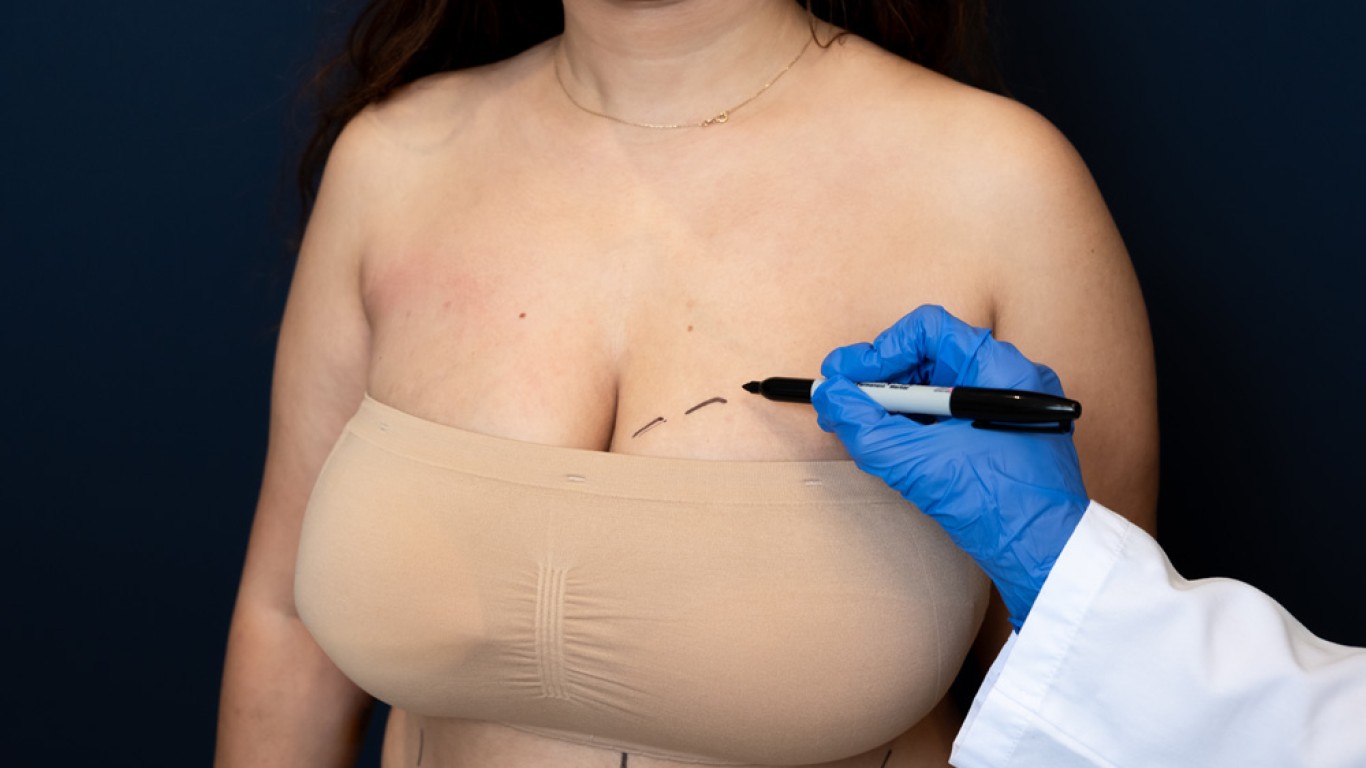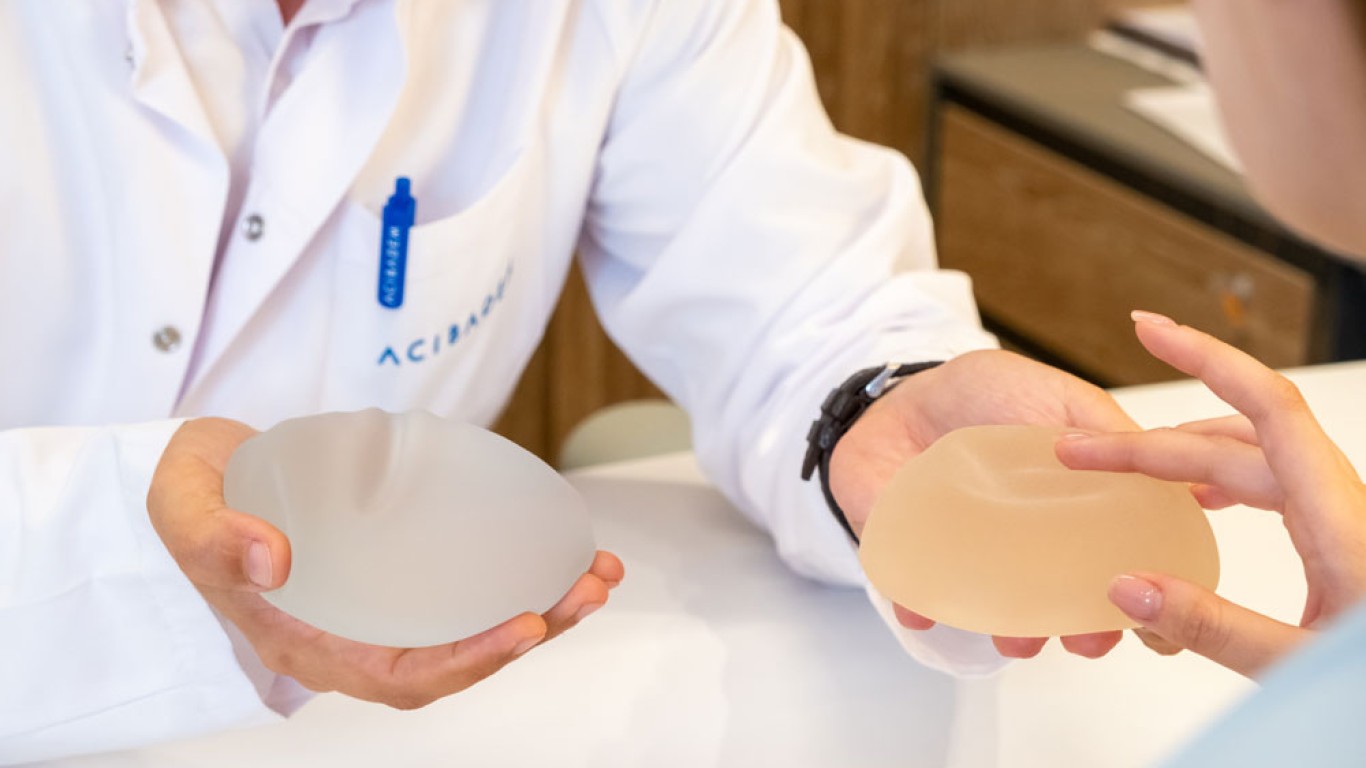Mastectomy surgery is often a crucial treatment for breast cancer. It involves the removal of one or both breasts. This article explores the surgical options and what the process involves. We also examine what patients can expect from this life-altering procedure.
What is Mastectomy Surgery?
- Mastectomy surgery is also often referred to as breast removal surgery
- It is performed to remove breast tissue to treat or prevent breast cancer
- Partial mastectomies preserve some breast tissue
- Radical mastectomies involve removal of extensive tissue and sometimes lymph nodes
- The extent of the surgery depends on a range of factors. This includes the stage of cancer, tumour size, patient's health, and personal choice
- Advanced techniques aim to preserve as much skin and areola as possible. This helps facilitate breast reconstruction
Who Needs Mastectomy Surgery?
- The procedure is recommended for those with breast cancer. It is also recommended for those at high genetic risk of inheriting the disease
- Deciding to undergo a mastectomy can also be influenced by a range of factors. This includes the size, stage, and location of breast cancer, as well as personal and family medical history
What Does The Procedure Involve?
The mastectomy procedure is typically divided into the following key steps:
- Preparation - Before the surgery, patients undergo detailed consultations and preoperative assessments. These determine the specific type of mastectomy required and map out the surgery plan
- Anaesthesia - The procedure is performed under general anaesthesia. This ensures that the patient is asleep and pain-free throughout
- Incision - The surgeon makes an incision on the breast. The location and size of the incision is dependent on the type of mastectomy. The surgeon also considers whether reconstruction is planned immediately after the removal of the tissue
- Tissue Removal - The surgeon removes breast tissue. In a total mastectomy, all breast tissue is removed, sometimes including the nipple and areola. In more conservative approaches, as much tissue and areola is preserved as possible. This helps enable a more natural-looking reconstruction
- Lymph Node Removal - For cases where cancer is present or suspected. The surgeon may perform a sentinel lymph node biopsy or more extensive lymph node removal. This is to check for the spread of cancer
- Reconstruction (optional) - When immediate reconstruction is part of the treatment plan. This typically begins right after the breast tissue is removed. This might involve using implants or tissue from another part of the patient’s body)
- Closure - Incisions are closed with sutures, and drains might be placed to remove possible excess fluids. These drains usually stay in place for about one to two weeks
What Is Breast Reconstruction?
Breast reconstruction is a surgical procedure to restore the shape of the breast after mastectomy. There are several methods available, each with its own advantages and considerations:
- Implant-Based Reconstruction - This involves placing a silicone or saline implant under the chest muscle. It can be done immediately during the mastectomy or delayed until after other treatments
- Autologous (or Flap) Reconstruction - This method uses tissue from another part of the patient’s body. Tissue from the abdomen, back, or thighs can be used to create a new breast mound
- Nipple and Areola Reconstruction - Additional procedures can be done post-mastectomy to recreate the nipple and areola. This can involve skin grafting, tattooing, or creating a new nipple from local tissue
Post-Surgery Recovery Process from Mastectomy Surgery
- Recovery after a mastectomy varies but typically involves several weeks
- Pain management, wound care, and gradual physical rehabilitation are important aspects
- Patients may also need emotional support to adjust to their body image changes
Choosing The Right Surgeon And Hospital
- Selecting a skilled surgeon and accredited facility is crucial for a successful mastectomy
- Patients should seek surgeons experienced in breast surgery and hospitals known for their oncology care
- ACIBADEM provides services using the most advanced technology worldwide. The group offers an expert team meeting international quality standards
How Much Does It Cost?
Mastectomy surgery in Turkey is significantly more affordable compared to Western countries. The cost depends on the type of surgery and whether reconstruction is included. Turkey has a growing reputation for medical excellence, particularly in oncology and reconstructive surgery.
For more information and to book a consultation visit the ACIBADEM Beauty Center website.
Frequently Asked Questions
Surgery type is chosen based on the patient's specific medical condition, cancer stage, and preferences. The decision should be made in partnership with your medical professional
Recovery time varies but typically involves several weeks. Initial recovery may take about 4-6 weeks. During this time pain management, wound care, and gradual physical rehabilitation are essential
Breast reconstruction is not mandatory. It can be used to restore the shape of their breast after a mastectomy. It can be done immediately during the mastectomy or at a later time
Preparation for mastectomy surgery typically includes preoperative tests, such as blood work and imaging. Your surgeon may provide specific instructions regarding diet, medications, and activities to avoid before surgery.















